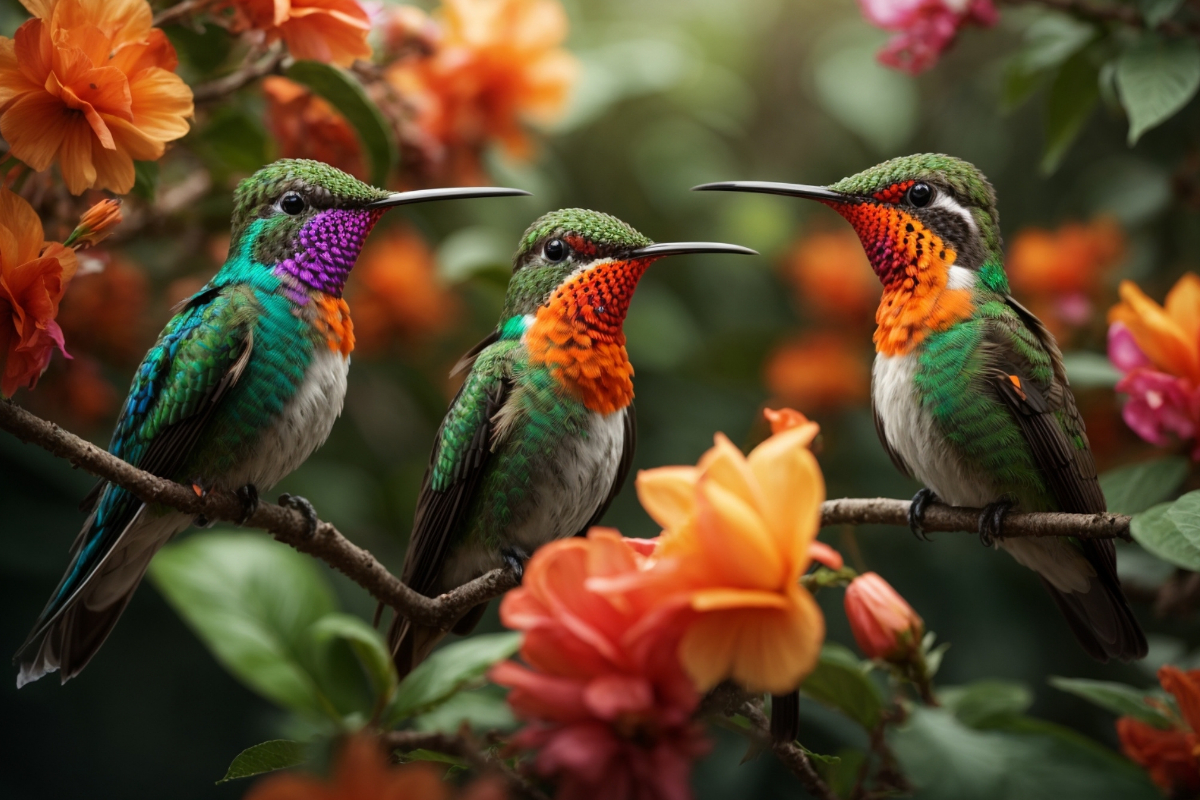Florida, with its pleasant climate, beautiful landscapes, and abundance of flowers, is a paradise for various bird species, including the captivating hummingbirds. These small, energetic birds have always fascinated both residents and tourists with their quick movements and vibrant colors.
One common question that arises is when these beautiful birds bid farewell to Florida each year and when they return. In this article, we will explore the habits, migration patterns, and reasons behind the departure of hummingbirds from Florida before winter. Additionally, we will discuss how residents can support these birds and contribute to their conservation efforts.
When Do Hummingbirds Leave Florida?
Hummingbirds in Florida begin their migration journey southwards in September, heading towards the warmer regions of Mexico and Central America. By the end of October, most, if not all, migrating hummingbirds will have departed from Florida.
Species and Habits
Florida is home to a variety of hummingbird species. While the Ruby-throated Hummingbird is the most common, other species like the Black-chinned, Rufous, and even the rare Calliope Hummingbird can be spotted at certain times of the year.
The departure times for different hummingbird species in Florida vary. Ruby-throated Hummingbirds typically begin their migration in late summer and peak in September. Rufous Hummingbirds, on the other hand, have a more diverse pattern, with some arriving in Florida during the winter while others head to colder regions.
Migration Triggers and Patterns
Several factors trigger the departure of hummingbirds from Florida. These include diminishing food sources, changes in daylight duration, and slight temperature drops. As nectar flowers wither and insect populations decrease, hummingbirds prepare to move to regions where food is more abundant.
After leaving Florida, hummingbirds predominantly migrate to Central America. Their chosen destination depends on food availability and favorable climatic conditions. The migration journey can last for several hundred miles, with some species flying continuously for up to 18 hours without resting.
Supporting Hummingbirds in Florida
Florida residents can play a crucial role in supporting migrating hummingbirds. By offering clean feeders filled with the right nectar mixture, planting native nectar sources like firebush and red buckeye, and providing water sources, residents can create a welcoming environment for these birds.
Changing Climate Conditions
Climate change is impacting many species, including hummingbirds. In Florida, changing climate conditions can affect the availability and timing of nectar sources, potentially leading to a mismatch between the birds’ arrival and peak nectar availability. Warmer winters may also influence hummingbirds to delay their departure or spend the winter in Florida.
When Do Hummingbirds Return to Florida?
Hummingbirds typically return to Florida in the spring, marking the beginning of a new breeding season. The exact timing varies based on species and environmental conditions, but for many, the return journey commences around late February to early March. Males usually arrive first to establish territories, followed by females.
Conclusion
Understanding the behavior and migration patterns of hummingbirds allows us to appreciate their beauty and contribute to their conservation. By providing support through clean feeders, native plants, and water sources, residents can help ensure the safe passage of these delicate birds. So, the next time you spot a hummingbird, take a moment to admire its resilience and consider how you can contribute to their well-being.
